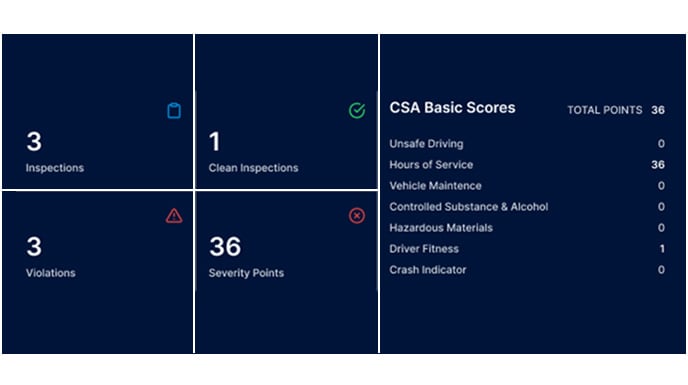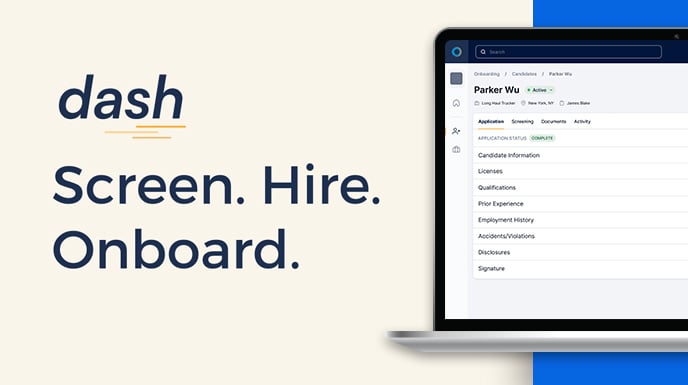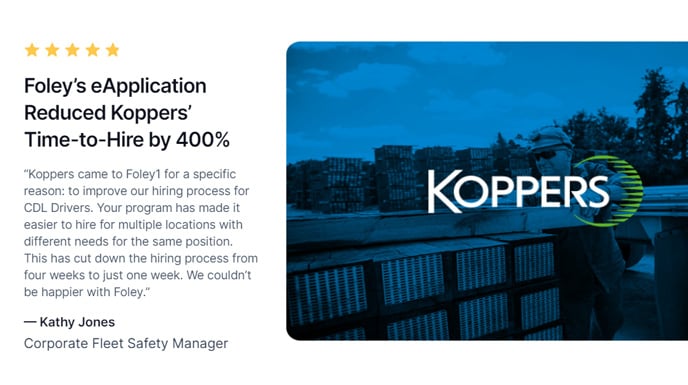Using the Sleeper Berth Provision – Now and in the Future

AUGUST 23, 2018 – Flexibility. It’s something that most drivers feel is lacking from their work day. And while the ELD mandate has reignited conversations about the current hours of service regulations, it will likely be awhile before any real changes go into effect.
One area where there’s been some movement has been around the sleeper berth provision. Currently, drivers have the ability to use the sleeper berth provision in a few different ways:
- You can spend some or all of your 10 hours of off-duty time in the sleeper berth before starting another 14-hour day. While not all of these hours need to be spent in the berth, you must be off-duty for the full 10 hours.
- You can take 8 hours in the sleeper berth while pausing your 14 on-duty hours for the day. At the conclusion of the break, you can pick up where you left off – putting in the remainder of your driving/on-duty hours.
- You can spend 8 hours in the sleeper berth, along with an additional 2 hour rest period, to meet the 10 hour off-duty requirement. These breaks can be taken at different points in the day, and can be taken in any order – with either the sleeper berth or the shorter off-duty period taken first. At the conclusion of both breaks, your clock will reset for another day. It’s important to note that this time will reset back to the point when the first rest period ended.
What the Future Could Hold
The FMCSA is currently running a split sleeper berth pilot program to see what effect it will have on drivers if they had greater flexibility in splitting their sleeper berth hours. So for example, instead of being limited to the current 8/2 hour split, drivers in the pilot program will be able to try other options – including 5/5, 6/4 and 7/3 splits. In order to qualify as a split, the driver must have at least three hours of rest time per break. All other hours of service regulations remain the same.
The study runs for three months, with drivers completing a sleep diary and caffeine log, as well as reaction time assessments. They’ll also be required to record their sleepiness throughout the program.
If the program goes well, these options may be available to all drivers in the future. This gives them more flexibility in managing their hours on a day-to-day basis – as well as the ability to take a break and rest when they need it.
Related Articles
Roadcheck 2020: Managing CDL Requirements
Will CSA Scores Be Public Again?
Errors in the Hiring Process Account for 25 Percent of all Violations
.png)


